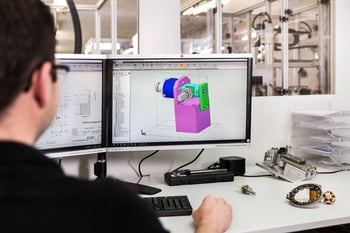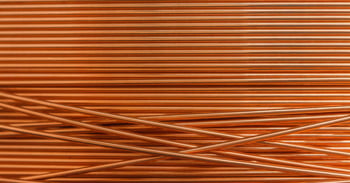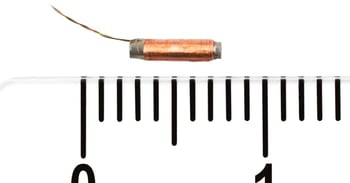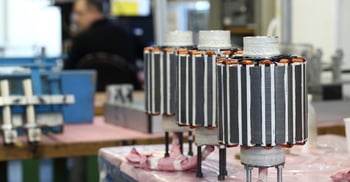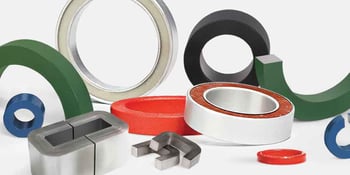Solenoid coil: Key factors to consider when designing
Solenoid coils are versatile components that are used in a wide range of applications across many different fields, from automotive to medical and beyond. Depending on the application, there are several important influencing parameters to consider in the development and design process of a solenoid coil.
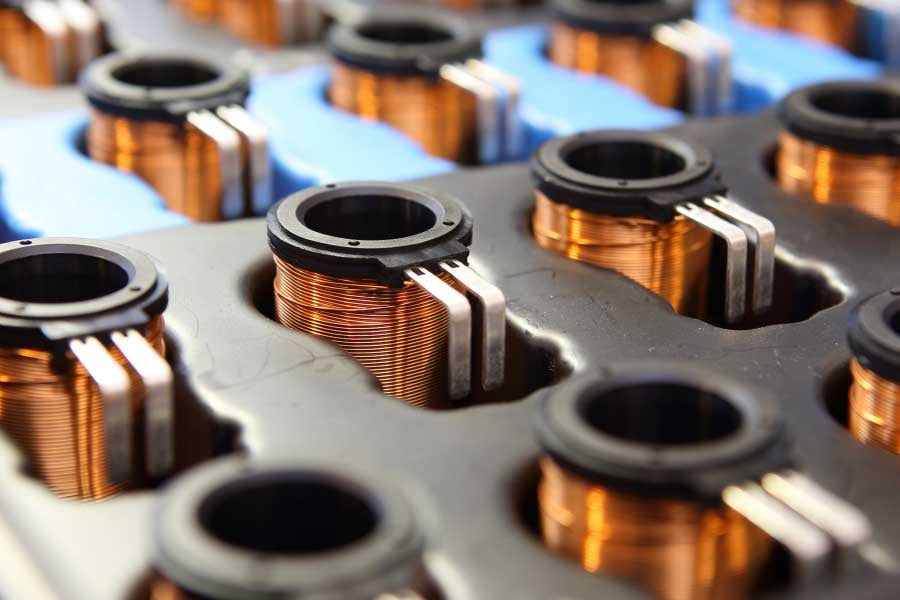
Here's a short summary of the decisive factors of solenoid coils:
-
Coil geometry: The shape, size, number of turns and fill factor of the coil are critical factors that determine the magnetic field strength and direction.
-
Material selection: The choice of core material and insulation type can significantly impact the performance of the solenoid coil. Unlike other types of coils, solenoid coils only have one option for conductor material, which is copper.
-
Operating conditions: The environmental conditions in which the solenoid coil will operate, such as temperature, humidity, and vibration, must be considered when designing and selecting solenoid coils.
-
 Electrical properties: The electrical properties of the solenoid coil, such as resistance, inductance, and capacitance, must be optimized for the intended application.
Electrical properties: The electrical properties of the solenoid coil, such as resistance, inductance, and capacitance, must be optimized for the intended application. -
Manufacturing constraints: The design of the solenoid coil must take into account manufacturing constraints, such as available space, production costs, and lead time.
- Joining technique: The manner in which the wire is terminated and connected to surrounding components is heavily dependent on the specific application. This crucial aspect is often overlooked, but does significantly impact the overall cost of the solenoid coil.
By considering these factors, you can design and specify solenoid coils that not only meet but exceed your performance requirements, ensuring optimal functionality and efficiency in your specific application.
Once you have finalized all the crucial factors, it's time to bring your design to life with a detailed design draft. This draft can then be shared with the skilled coil manufacturer who, armed with a comprehensive list of specifications, will provide you with an in-depth assessment and expert guidance. To make the process even smoother, consider including a proper drawing and maybe even a STEP-file of the winding or the entire inductive component. These invaluable additions will greatly assist the manufacturer in bringing your vision to reality.



